Washington Flag and Shield Stamps
On November 12, 1903, the 2¢ Washington stamp was issued with a new design after the earlier stamp was deemed disappointing.
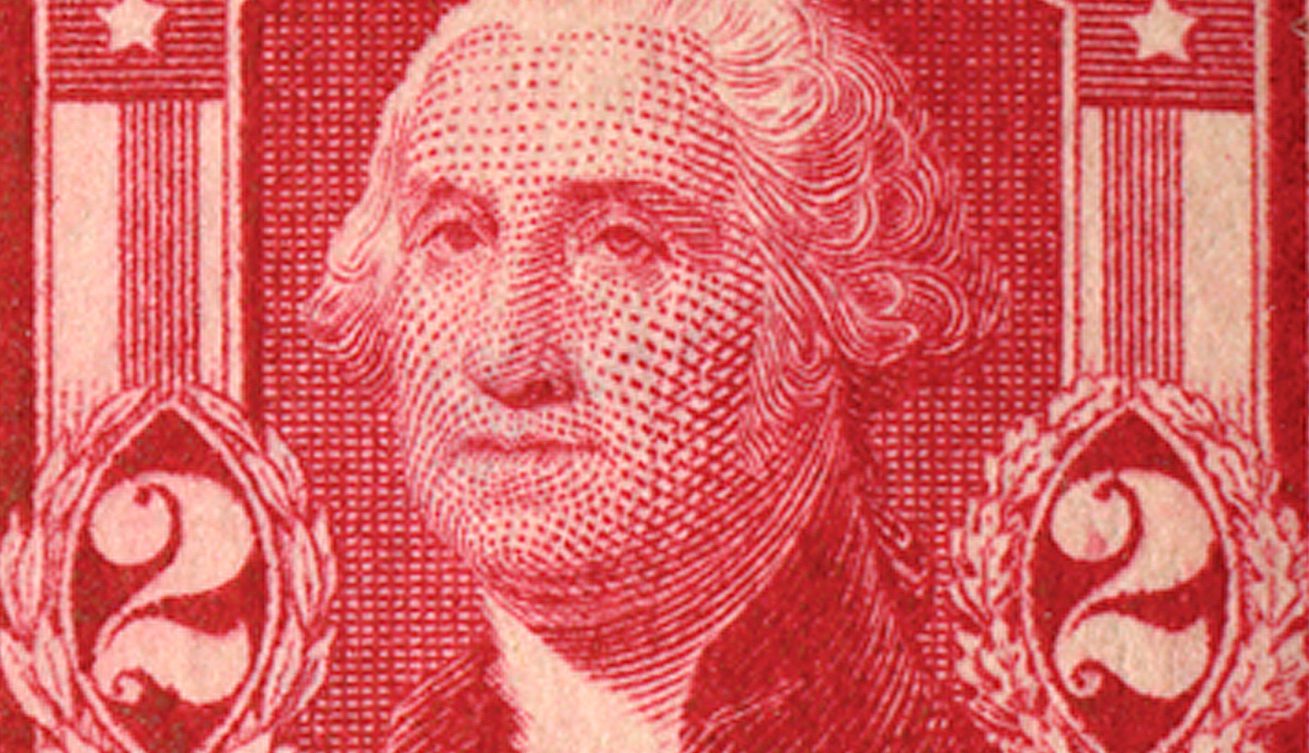
On November 12, 1903, the 2¢ Washington stamp was issued with a new design after the earlier stamp was deemed disappointing.
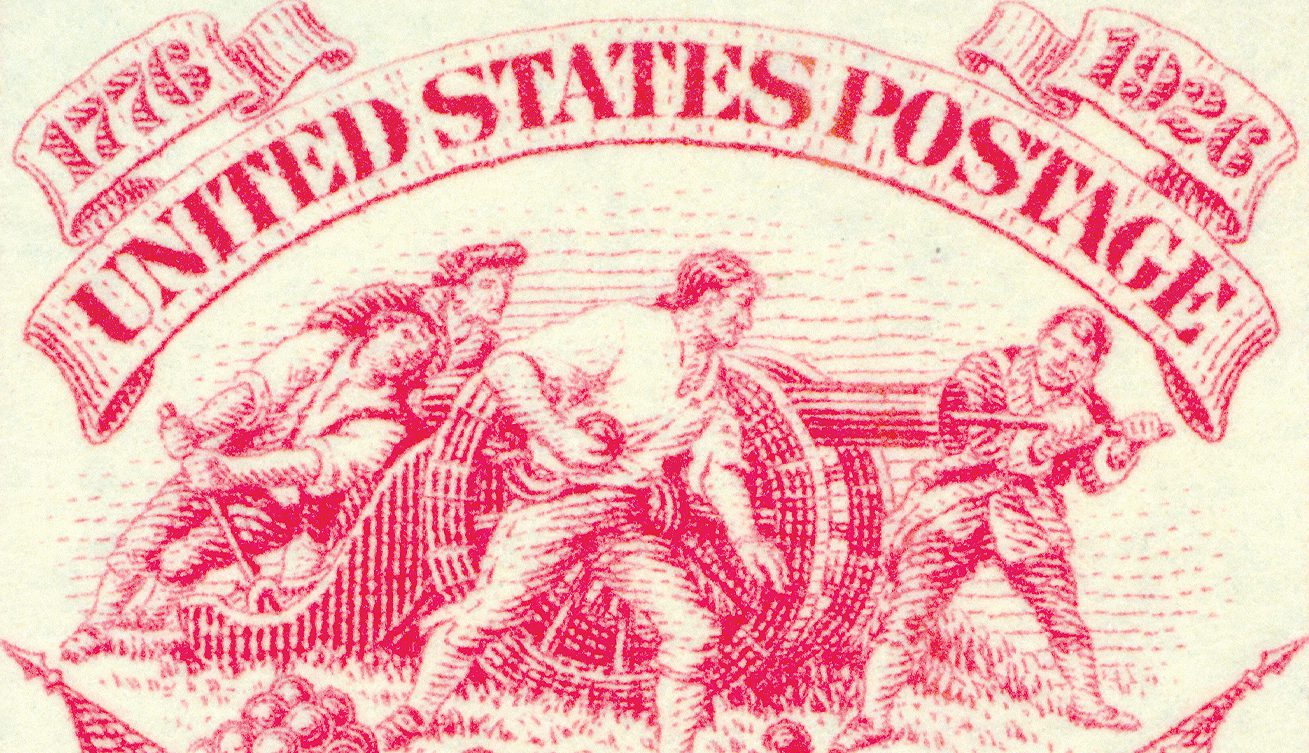
On October 28, 1776, George Washington led the 14,000–man Continental Army in the Battle of White Plains against British General William Howe’s 20,000 redcoats.
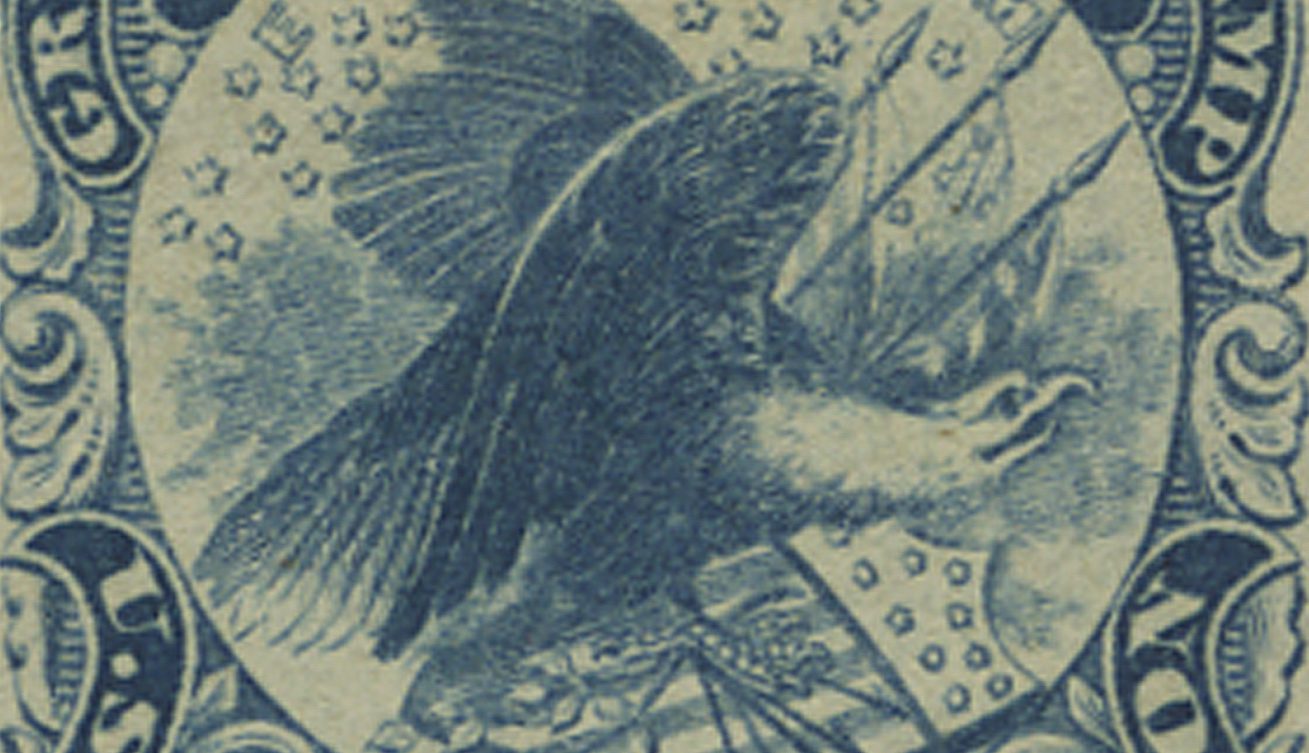
On October 27, 1863, the first major Sanitary Fair was held to raise money during the Civil War. Special stamps were produced and sold at these fairs, which were not valid for use outside of the fairs.
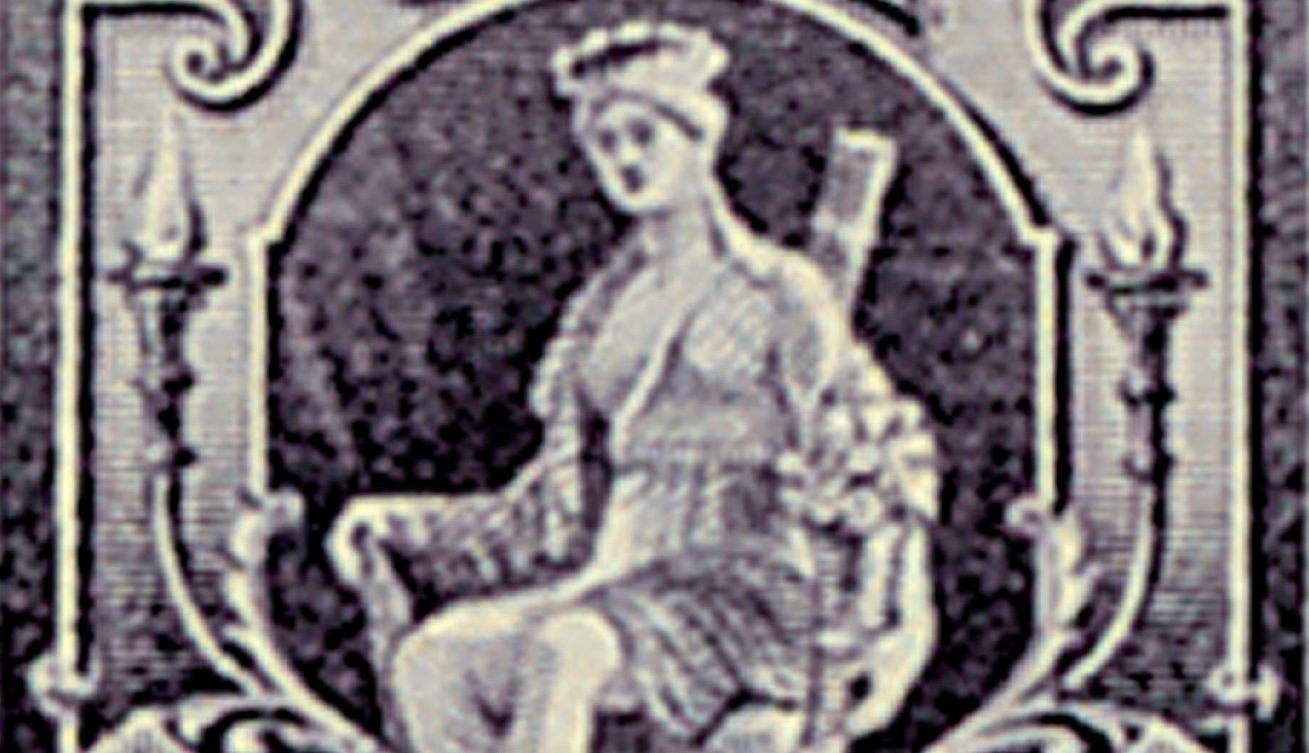
On October 19, 1960, President Dwight D. Eisenhower established the first embargo on Cuba. It banned most US exports to Cuba, including postage stamps!
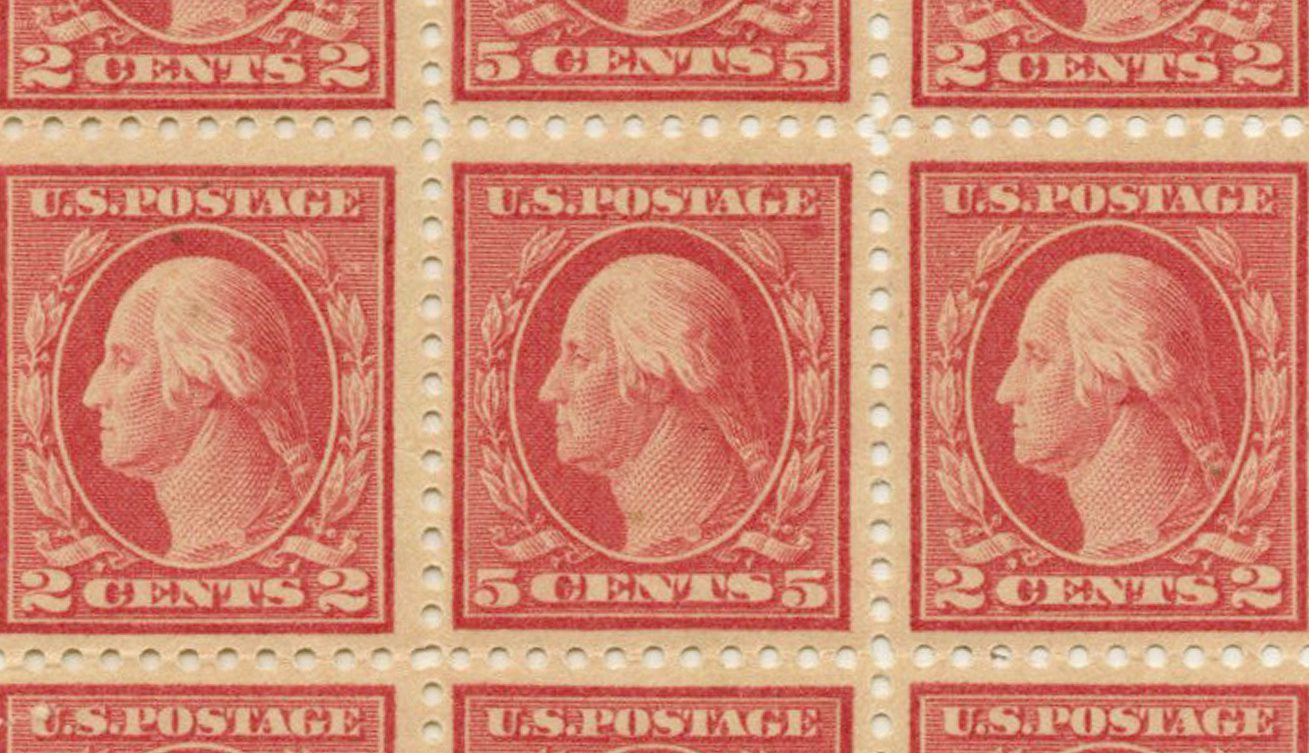
On October 17, 1916, the US Post Office issued a 5¢ Washington stamp. The stamp had small changes from previous issues that went overlooked by collectors, so few were saved. Plus, this stamp spawned some famous errors…

On September 27, 1916, the US Post Office issued its first postage stamp on unwatermarked paper in over 20 years. The change was in response to war-time constraints, but would become permanent.
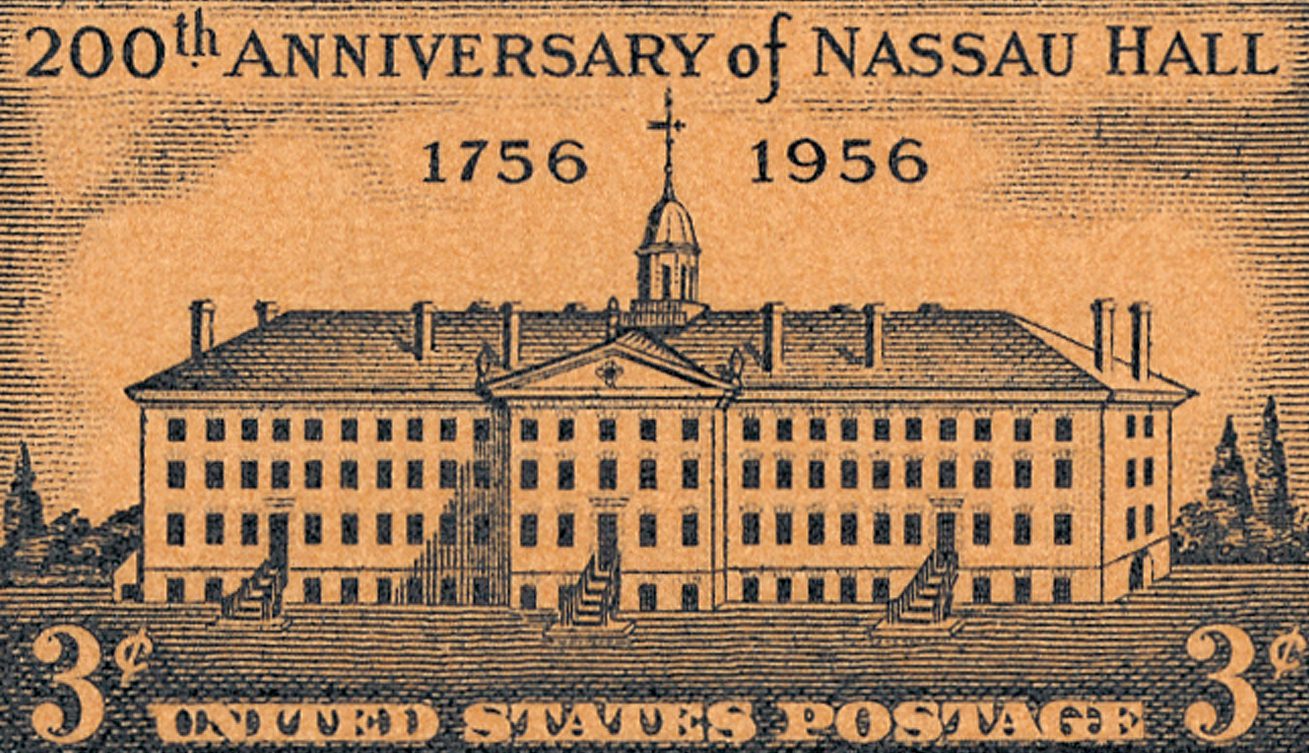
On September 22, 1956, the US Post Office issued its first commemorative stamp on colored paper. The stamp celebrated the 200th anniversary of Princeton’s Nassau Hall.

Howard Bertram Koslow was born on September 21, 1924, in Brooklyn, New York. Over the course of 40 years, Koslow produced artwork for more than 50 US stamps and postal cards, including the popular and long-running Lighthouse Series.
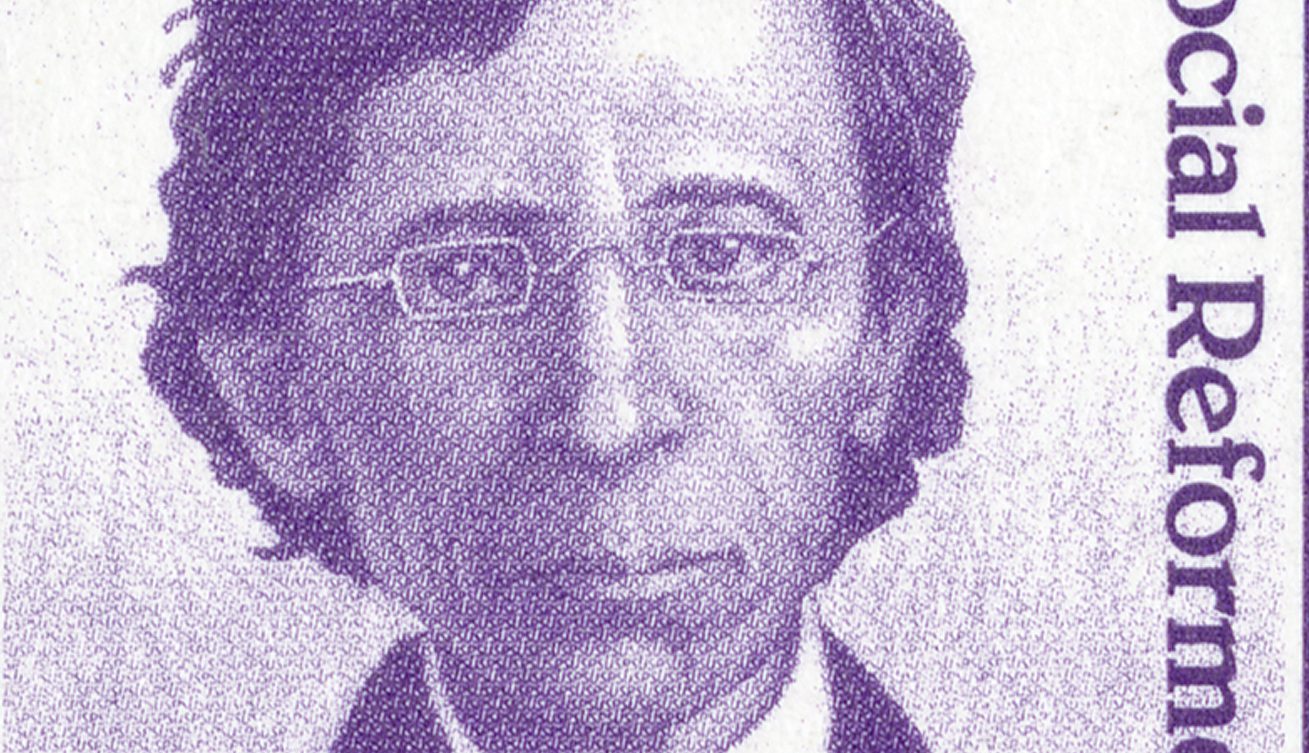
On September 15, 1997, the USPS issued a stamp whose vignette consisted entirely of microprinting. The experimental printing technique was used to discourage and protect against counterfeiting.